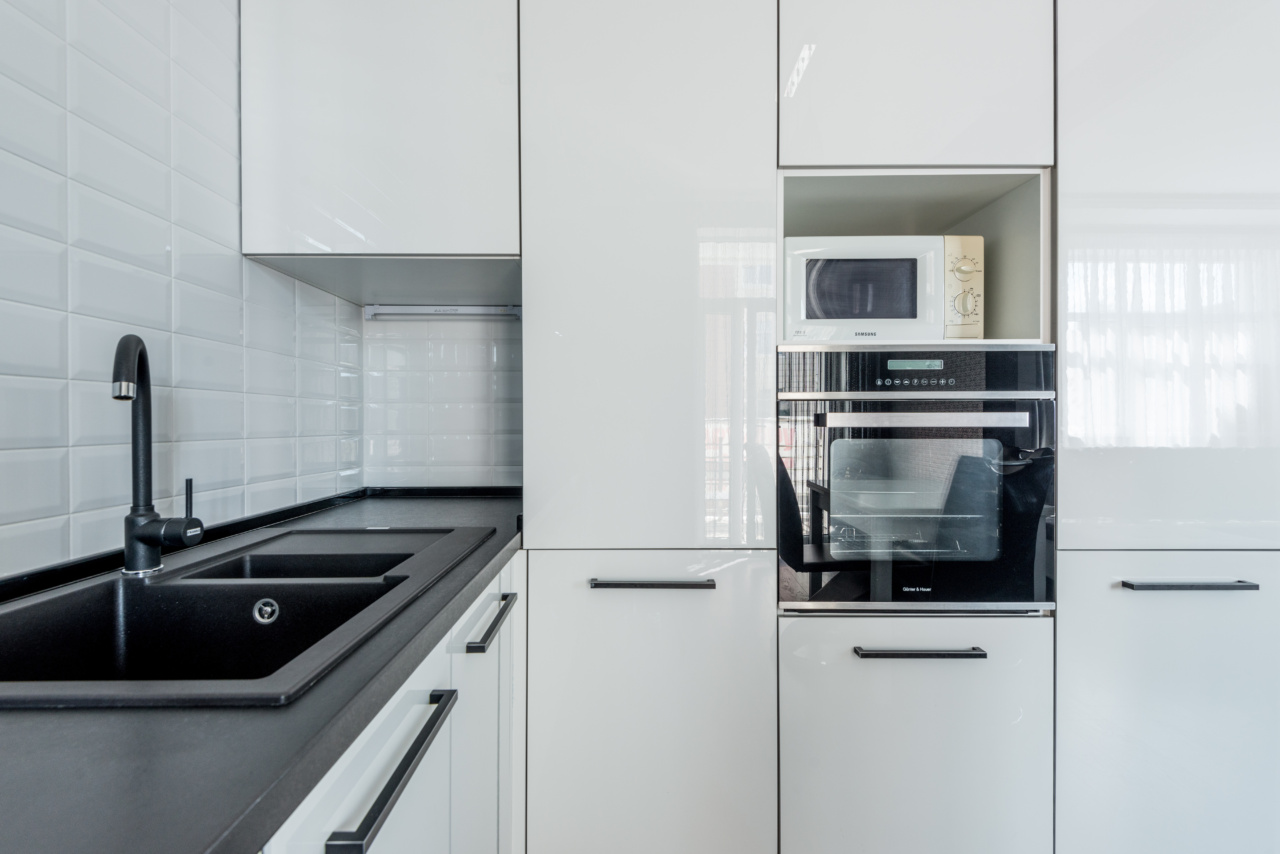Breathing is something we do every day, and yet most of us don’t think much about it. However, we breathe in order for our bodies to function properly.
We need oxygen to live, so the quality of our breathing can have an enormous effect on our overall health.
Proper breathing can help to reduce stress and anxiety, improve mental focus and concentration, reduce pain and inflammation, and improve digestion.
It can also help to increase our energy levels and reduce our risk of developing chronic health conditions such as heart disease, diabetes, and asthma. In this article, we’ll explore some simple techniques you can use to improve your breathing and improve your health.
Technique #1: Sit up straight
One of the simplest ways to improve your breathing is to sit up straight. When we slouch or hunch over, we compress our lungs, making it more difficult to take deep breaths.
By sitting up straight and aligning our spine, we can open up our chest, allowing more air to flow in and out of our lungs.
Technique #2: Practice belly breathing
Most of us breathe using our chest muscles. However, belly breathing, also known as diaphragmatic breathing, is a much more effective way to breathe.
When we breathe into our belly, we engage our diaphragm muscle, which helps to expand our lungs and increase the amount of oxygen that we take in. To practice belly breathing, place one hand on your belly and one hand on your chest. Take a deep breath in through your nose, focusing on filling up your belly rather than your chest. Hold for a few seconds, and then exhale slowly through your mouth.
Technique #3: Use your nose
When we breathe through our nose, we filter out impurities and moisten the air before it reaches our lungs. Breathing through our mouth can lead to dryness and irritation, which can cause us to breathe more shallowly.
Make a conscious effort to breathe through your nose whenever possible, especially when you’re exercising or sleeping.
Technique #4: Slow down your breathing
When we’re stressed or anxious, we tend to breathe more quickly and shallowly. This can cause us to feel even more anxious, leading to a vicious cycle. By slowing down our breathing, we can help to reduce our stress levels and promote a sense of calm.
To do this, breathe in slowly through your nose, hold for a few seconds, and then exhale slowly through your mouth.
Technique #5: Engage in physical activity
Physical activity can help to improve our breathing in a number of ways. When we exercise, we increase our heart rate and our breathing rate, which helps to strengthen our respiratory muscles.
Exercise also helps to improve our overall fitness level, which can make it easier to breathe more deeply and efficiently.
Technique #6: Use a breathing aid
If you’re having trouble breathing, there are a number of products on the market that can help. Nasal strips, for example, can help to open up your nasal passages, while a respiratory trainer can help to strengthen your respiratory muscles.
Talk to your doctor or a respiratory therapist to find out if these products might be right for you.
Technique #7: Use aromatherapy
Aromatherapy is the use of essential oils to improve health and well-being. Some essential oils, such as eucalyptus and peppermint, can help to clear your sinuses and improve your breathing.
You can use these oils in a diffuser, add a few drops to a warm bath, or inhale them directly.
Technique #8: Practice meditation
Meditation is a practice that involves focusing your attention on the present moment, often by focusing on your breath.
By practicing meditation, you can learn to slow down your breathing and reduce your stress levels, which can improve your overall health and well-being.
Technique #9: Try breathing exercises
There are a number of breathing exercises you can try to improve your breathing. One simple exercise is called the 4-7-8 technique.
To do this exercise, breathe in deeply through your nose for a count of four, hold for a count of seven, and then exhale slowly through your mouth for a count of eight. Repeat this exercise for several minutes, focusing on slowing down your breathing and relaxing your body.
Technique #10: Seek professional help
If you’re experiencing chronic breathing problems, it’s important to seek professional help. Your doctor or a respiratory therapist can help to diagnose the underlying cause of your breathing difficulties and recommend treatments that can help.
In some cases, medications or surgeries may be necessary to improve your breathing.































